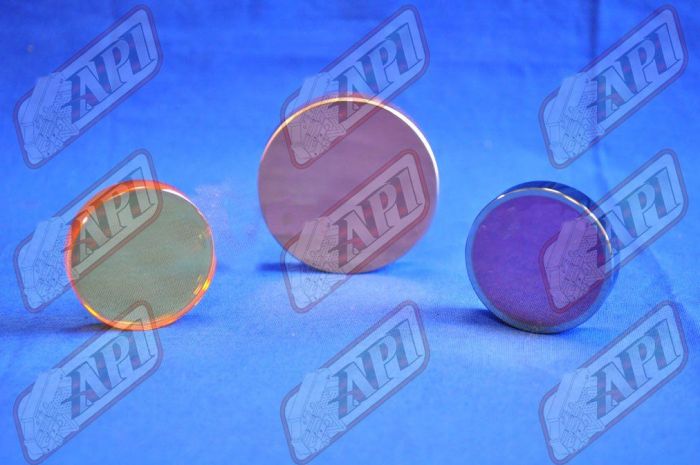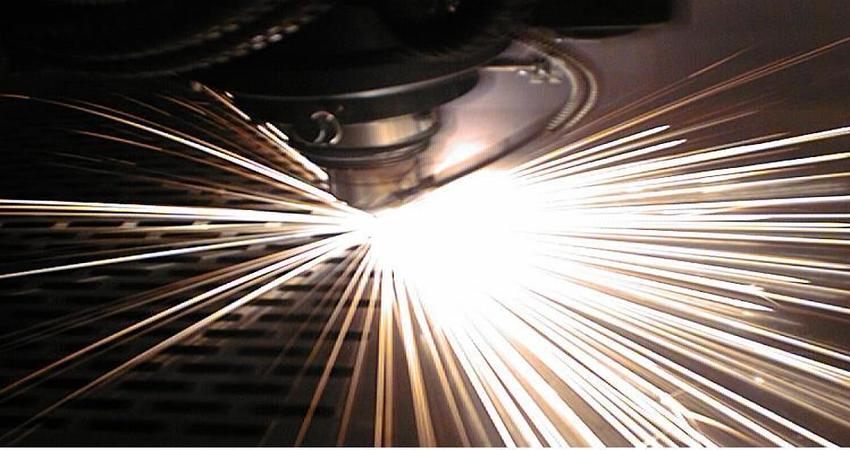Laser cutting was first used for drilling holes in diamond dies in 1965. It soon evolved, and people started using it within the aerospace industry, where various types of lasers were produced to cut metals and non-metals.
This is basically a popular method of cutting shapes or designs onto metal sheets or other structural materials. The laser beams can be easily directed in the desired way for the required results.
Benefits of Laser Cutting
1. Flexibility
One does not need to have a separate setup of tools for separate cuts, and intricate cuts do not cause any problems. You just need to have one set up and can cut many different shapes of the same material and thickness.
2. Speed
When we talk about complex cuttings, the laser cutting method is much quicker than a traditional cutting method. For example, if we compare thermal cutting methods like plasma/flame cutting with laser cutting then the cutting slot of the plasma cutting machine is a bit larger than the cutting slot of the laser cutting machine. This machine has a faster-cutting speed that can reach 10m/min, and this speed is much faster than the plasma cutter.
And if your metal cutting process is completed earlier than time, then your whole back process will move smoothly. Also, it is easier to do more in a small amount of time when one has all the pieces they need to cut and ready to go.
3. Precision
While cutting the materials, accuracy is one of the primary features to keep an eye on. And this method provides you with the advantage of accurate cutting compared to any other thermal cutting method. It provides you with an accuracy of +/-0.1 mm. This leads to a precisely shaped cut material in the end. Also, you might need no added tolerances while using this method.
4. Repeatability
+/- 0.05 mm ensures that every other part replicates the previous one precisely. For such accuracy, you need good quality laser parts like Mitsubishi laser parts, Amada laser parts, etc.
5. Automation
The laser cutting method is highly automated and needs just a small workforce. It needs an experienced machine operator that will play a big role in the final quality outcome and with a little more manual labor at a lower cost. This way, it is far more affordable than the other cutting methods. Many cutting machines even come with feeding systems and follow-up conveyors. However, such setups surely make for a higher-priced laser cutting machine.
6. Consistency
With precision comes consistency. Laser programming gives you the same cut every single time.
It’s sure to give you what you’re looking for, no matter how large or small a piece is. This is a great bonus if you’re ordering a lot of metal pieces at once or if you can’t afford to get an order shipped to you with a bunch of errors.
7. Quality
If you are using the right setup, the laser cutters will only leave a small burr. Usually, it is not necessary to remove it. However, it depends on the quality of the material, its thickness, and many other factors. It also has a small heat-affected zone (HAZ). As the microstructure of the HAZ changes, a smaller HAZ area often results in predictable and more reliable parts. Don't forget to do a quality check regularly. This will help you detect the faulty laser parts to replace them with quality Mitsubishi replacement parts.
8. Contactless Cutting
In this method, only the beam of the laser comes into contact with the material. Thus, there is no mechanical friction that can possibly wear tools.
9. Versatility
This method is suitable for many different materials like wood, acrylic, MDF, paper, etc., with varying thicknesses. And only one laser cutting machine can be used to perform different jobs and cut different shapes. However, the ability to cut some of these materials totally depends on the power of your laser cutting machine.
Additionally, laser marking is another way to use these machines. And laser marking has a lot of applications while producing everyday products.
Lastly, this technology is suitable for a variety of profiles. For instance, tube laser cutting can perform the cutting process on anything from box sections to open channels.
Conclusion
With all the above-mentioned benefits, we come to the conclusion that this method is the modern and popular cutting method. It helps one to cut the most tricky shapes on the most challenging materials easily. Thus, installing a laser cutting machine in your manufacturing company will save you time and cost by providing productivity and precise cutting in return.
Make sure you invest in good quality parts like Mitsubishi laser parts for the longevity of the machine and accuracy in the result. Also, for replacing your laser parts, in any case, they malfunction, then you can go for Mitsubishi replacement parts. Such quality parts will match your old machine's requirements perfectly.



